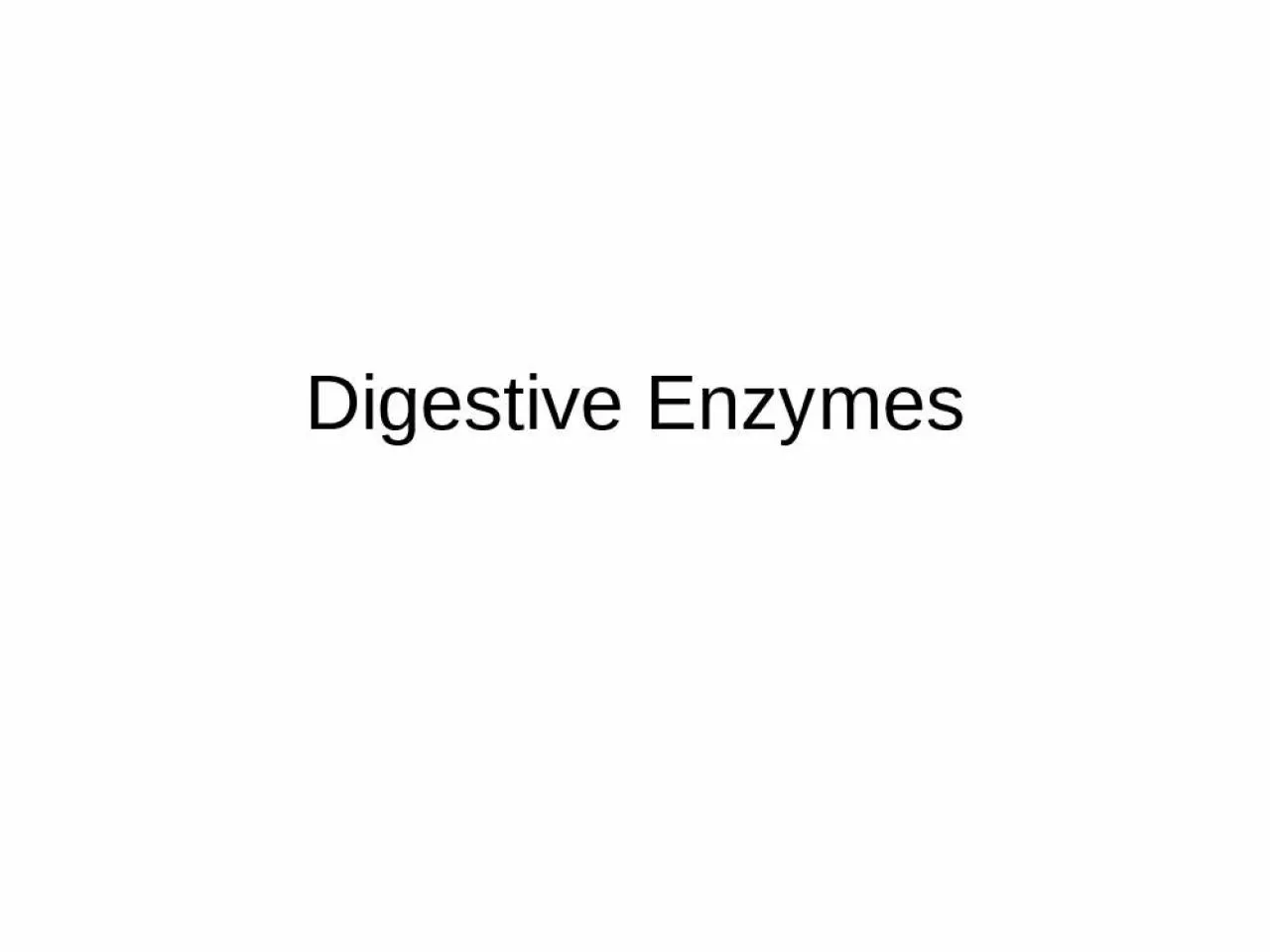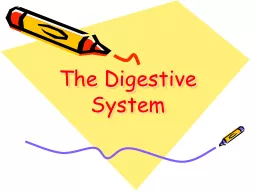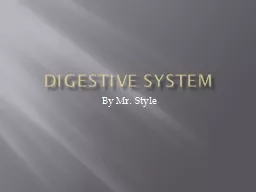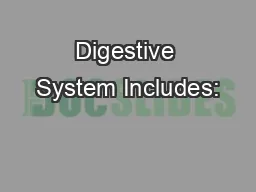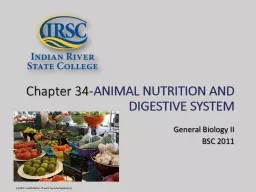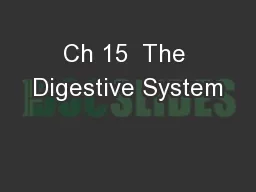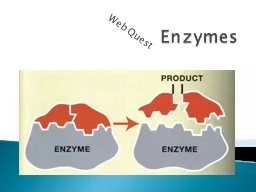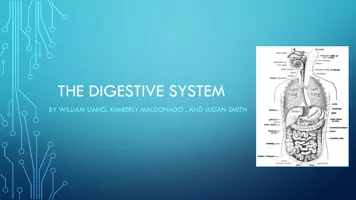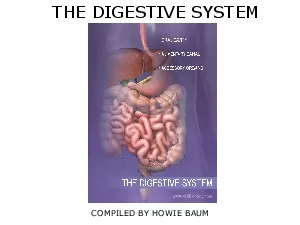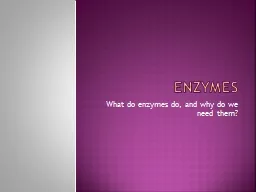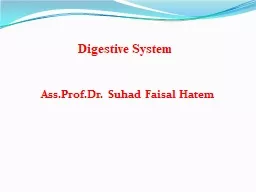PPT-Digestive Enzymes
Author : axl865 | Published Date : 2024-10-30
Carbohydrates Bread Pasta Potato Protein Meat Nuts Lentils Fats Butter Milk Our body needs to digest them turn them into a form that can be absorbed into the blood
Presentation Embed Code
Download Presentation
Download Presentation The PPT/PDF document "Digestive Enzymes" is the property of its rightful owner. Permission is granted to download and print the materials on this website for personal, non-commercial use only, and to display it on your personal computer provided you do not modify the materials and that you retain all copyright notices contained in the materials. By downloading content from our website, you accept the terms of this agreement.
Digestive Enzymes: Transcript
Download Rules Of Document
"Digestive Enzymes"The content belongs to its owner. You may download and print it for personal use, without modification, and keep all copyright notices. By downloading, you agree to these terms.
Related Documents

